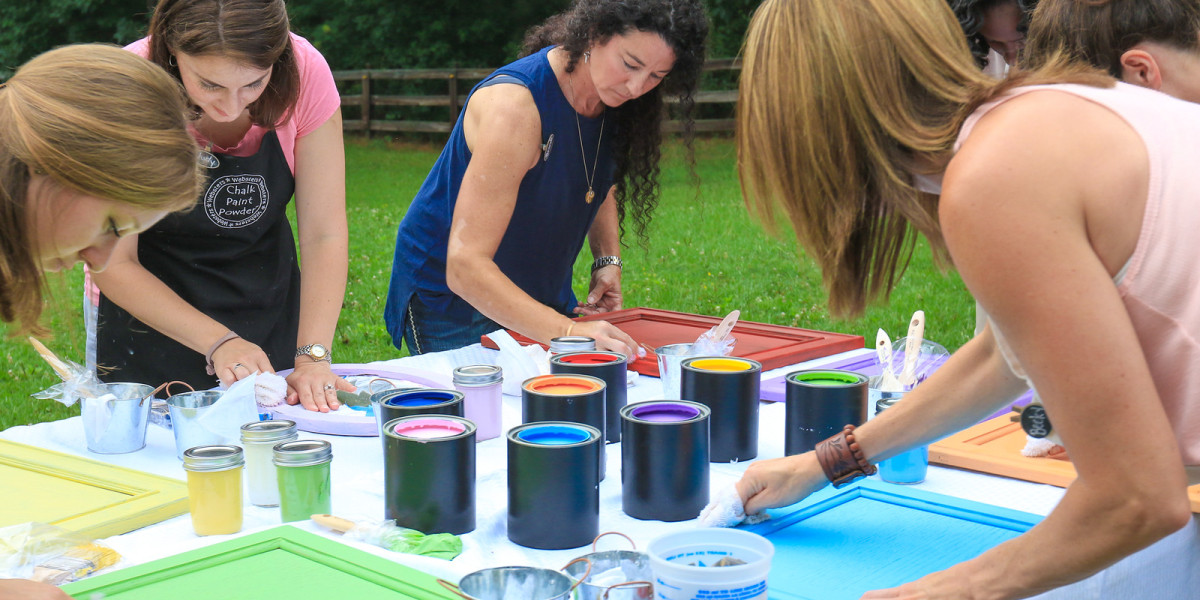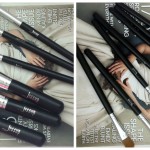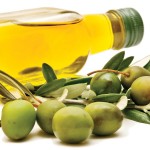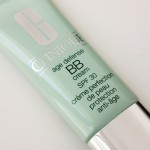
Paint Brushes Buying Guide: Presentation Of The Different Types And Some Additional Tips
There’s no painting possible without a brush. It is an excellent tool for controlling the amount of paint used and it also gives you precision in your work. There are actually different types of brushes, suited for particular styles and taste. Here is a guide that will acquaint you with these different type of brushes, but let’s start with some pretty useful tips:
Obviously, high-end brushes are more durable thanks to a better elasticity that helps them keep their original shape. Taking good care of them will enable them to perform well for a longer time.
The shape of the brush is very important. It is basically the mark you leave on the painting surface. In other words, a round brush is used for thin/pointed strokes while a flat brush is used to have clean edges and sharp strokes. It’s best to have these different shapes at your disposal as it will give you more painting possibilities.
The different types of paints have all different viscosities and time needed to dry.
Oils are the ones that need the most time; it is recommended to use with it a thick bristle brush as it holds onto more paint, reducing thus the number of visits to the palette.
Acrylics also work best with a thick bristle brush if you mix the paint with a retarder medium, as acrylic is known to dry fast, which presents the risk of clogging the brush.
In addition, stiff brushes are better with high viscosity mediums; while softer and thinner brushes such as sables are designed more for mediums with a low viscosity such as watercolor and ink, not to mention they are also great in detailing in any medium.
Natural hair vs synthetic hair brushes:
The natural hair brushes hold onto paint generally more efficiently than the synthetics as they absorb more, making the former thus perfect for work involving watercolor. The synthetic brushes on the other hand are better with acrylic paints. Made of nylon, or polyester, and even in some models with a combination of natural hair, synthetic hair brushes are available in every size and shape and may be used with any type of paint.
Long handle vs short handle:
The long handle brushes are preferably used with oils and acrylic as it gives you more distance and perspective when painting vertically. The short handles are more exclusive to watercolor because the painting surface is generally positioned horizontally.
Cleaning tips:
Clean brushes are synonymous with better performance and durability. Cleaning them also help keeping that original feel they had in first use. It is recommended to clean the hairs/bristles after each use so as to avoid clogging and alienating the original shape. The brushes also need to be dry before you store them away. Last but not least, make sure you don’t lay the brushes on the hair or bristles because it will damage the shape of the brush.
Finally here is an introduction to the 12 different shapes the brushes are available in:
Fan:
With spreaded brush fibers, the fan is perfect for blending and smoothing textures and other similar effects.
Liner:
It is a round brush but with longer hair. A liner can carry significant amount of paint and enable long strokes. The liners are recommended for outlining, lettering, stippling, and highlighting.
Round:
As mentioned above, round brushes have shorter hair than liners. The range of sizes available is pretty significant, from the very thin to the very large. The small sizes are preferred for precise, detail work while bigger brushes are dedicated to filling in color, washes, outlining and lettering. Overall, the round brush is less flexible than flatter brushes.
Aquarelle:
It is a brush exclusive to watercolor. The end of the handle is very often angled for burnishing and scraping purposes.
Angled:
This is an all-around brush used in painting as well as in more precise decorative work. The angled edge allows for finer liners and also the opportunity to create gradual lines thanks to the narrow side. The edge provides two sides with two different effects, one for clean strokes, and the other for a softer effect.
Bright:
The length and the width are the same. Brights have shorter hair and a harder brush than flats which makes them adequate for thick paint and for short, precise strokes. A bright brush is also good with blending. Used with enough pressure, it can actually erase paint.
Flat:
With a square end, flat brushes can have medium to longer hair. They are reputed for their maneuverability and their color capacity. Using it on the edge creates precise lines while if used on the broad side it allows for a good paint sweep. Flats are also known for having a tapered end.
Egbert:
With the tip having an oval shape, a flat ferrule, long handle, and long, large color capacity hairs, the Egbert brush is designed for soft work involving round edges, blending, and also figurative painting.
Filbert:
Compared to the Egbert, the Filbert is thicker and has slightly shorter hairs. It is appreciated for blending thanks to how the hairs stick together. They’re also known for creating very soft edges, better than a flat or a bright. The Filbert is also used for figurative work, which makes it a pretty versatile brush, but presents a challenge to master.
Wash:
Available in different shapes, oval and square notably, the former displaying round hairs which allow soft strokes with no point, and the latter comes with a flat-footed handle and is used mostly for scraping and to separate blocks from watercolor papers.
Mop:
It is round and is basically a more complete version of the wash. Mostly used in watercolor painting, the large round shape provides a significant color capacity as well as a soft edge. Its big size is used to absorb water and color in case there’s an excess on the surface. Naturally it can also be used to blend watercolor onto wet areas. Mops can also be useful in oil paintings as they can varnish dry paint, blend and shade oil colors.
Stroke:
Mostly reserved for watercolor, ink, and sign paintings, strokes have a long and rectangular shape that helps them carry a large amount of color and paint quite the fluid and long strokes. You can use it to lay in large painted surfaces, to perfect detail work, and to blend, but this is mainly contingent to the size of the brush and the nature of the fibers. Strokes are also similar to flats in that they have a tapered end























